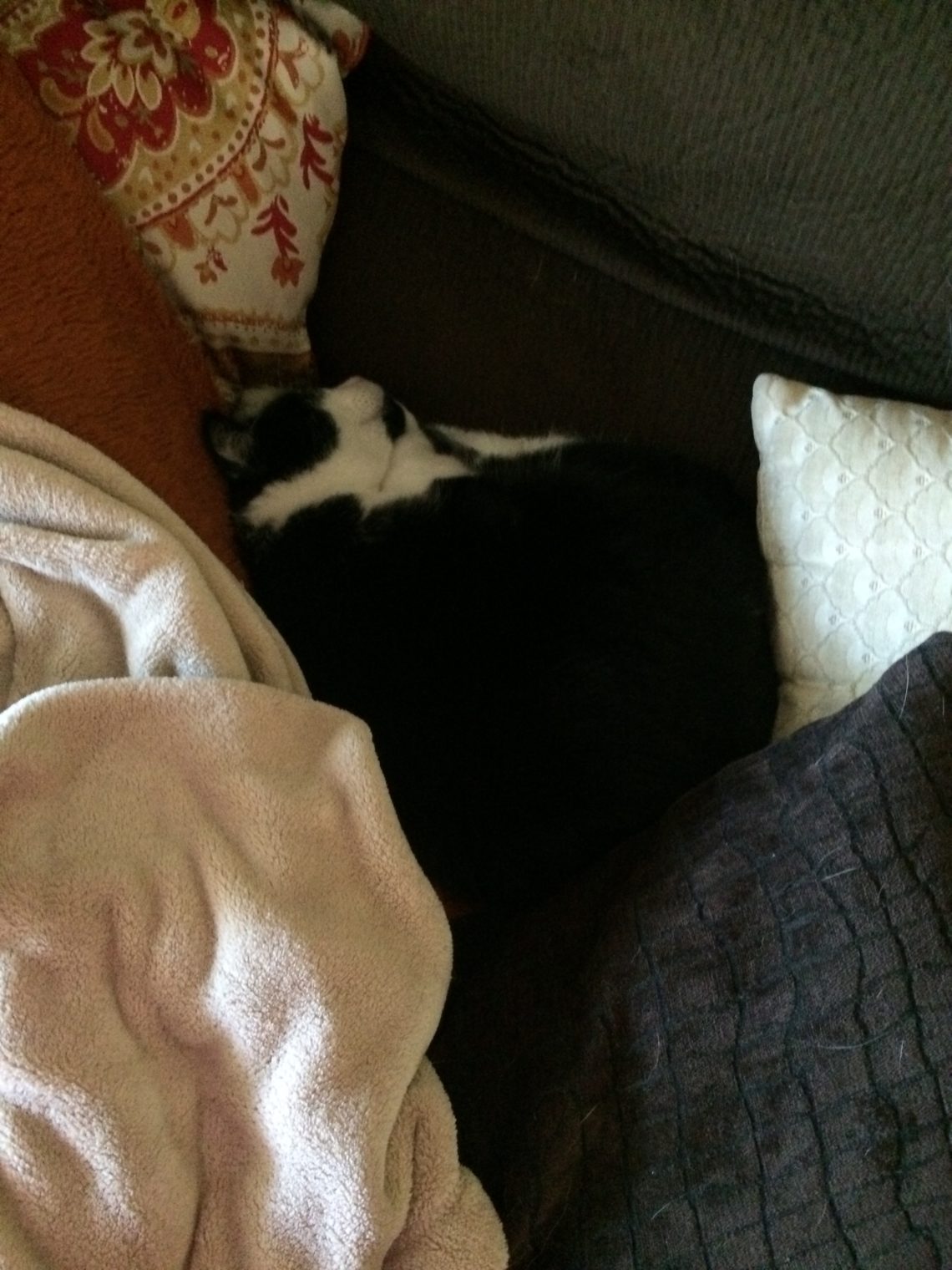

Unifying the lower-ground level, which felt fragmented, defined by a low ceiling, and redesigning its existing conservatory, were key parts of the commissioning programme, explain the architects, who looked at creating ‘open, liveable spaces connected to the once-forgotten courtyard space at the rear’. The house, a family home for a pair of art lovers, represents not only a comfortable and functional Kensington interior it is also a masterclass in balancing domestic warmth, function and Nordic minimalism. The project, a mid-19th century Victorian terraced house within a conservation area, was a brief from a family who had lived there since the 1970s – but now, with grown children who had fled the nest, wanted to readdress their home’s arrangement and interiors to suit their changing needs and circumstances. Photography: Simone BossiĮmerging London architecture practice and 2021 Wallpaper* Architects’ Directory alumnus O’Sullivan Skoufoglou has just completed Kensington Place, a meticulous and masterful renovation and extension of an existing property in west London. Previous projects have harmonised old and new, with a pared-back minimalist architecture approach to creating new spaces, using a sparse material palette, meticulous detailing and a reverence for proportion, light, and showing off construction details. The London-based studio, founded by Rob Excell and Luke McLaren in 2011, was featured in our 2018 Architects’ Directory. McLaren Excell’s extension, restoration, and modernisation of this house in Cambridge, Petersfield House, builds on the studio’s experience of working with old buildings. The UK’s vast stock of vernacular housing is usually readily identifiable with its age – Georgian, Victorian, Edwardian – with each era offering a surprisingly versatile canvas on which to restore, enhance and extend to create a modern living space. Transforming and upgrading existing housing into buildings fit for contemporary living and current environmental requirements is a challenge relished by every architect. A strong connection with the outdoors is established through internal courtyards, with the interior spaces framing sunny views of the landscape,’ the designers explain. ‘The layout of the house is centred on the idea of connected living. Given the project’s multi-generational aspect, Charged Voids crafted a plan that ticks all boxes. This is a Chandigarh house designed to juggle openness and privacy, warmth and minimalist architecture, as well as ensuring it provides ample space to house three generations of the owners’ family. The architecture team worked with a composition of opaque surfaces and voids to find the right balance between creating a flowing, modern home that features plenty of natural light and views, and maintaining the residents’ privacy. Residence 145 by design studio Charged Voids is a case in point. Of course, contemporary Indian architecture thrives there too. The north Indian city of Chandigarh is perhaps best known for its abudnance in iconic modernist architecture, by Le Corbusier, Pierre Jeanneret, Jane Drew and Edward Maxwell Fry. At the same time, perforations created through the steel element and their positioning ensure a gentle breeze runs through the fairly narrow but long site, naturally cooling the interiors. The latter offer cool surroundings, pared-down, bespoke joinery and sleek concrete floors. HAS juxtaposes the industrial nature of steel with minimalist interiors. Inside, domestic areas and workspaces are clean and minimalist, mostly created in white tones and flat, crisp surfaces. The material is readily available and relatively inexpensive in Thailand, which plays an active role in steel pipe production. It makes for an architectural, geometric entry into the front yard, which discreetly delineates between public and private.

#Minimalist house update#
Transforming a developer-built property on the site, part of a row of houses, the project works with existing volumes and vernacular features to update the whole through a series of simple contemporary forms and gestures. The frontage is redefined by a sculptural composition of vertically placed steel pipes. Jenchieh Hung and Kulthida Songkittipakdee’s own home and studio space is a careful redesign of an existing structure in a residential suburb of Bangkok.


 0 kommentar(er)
0 kommentar(er)
